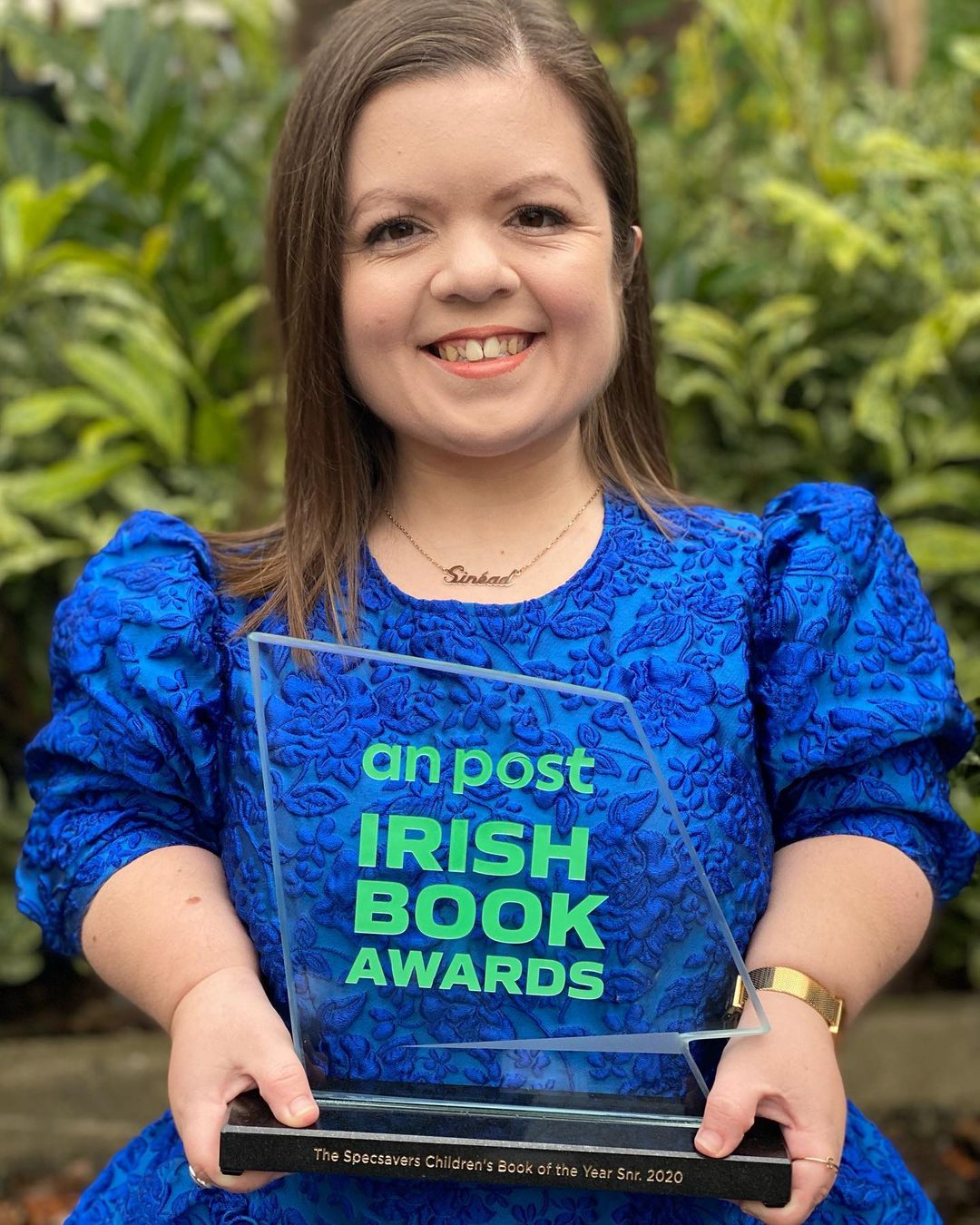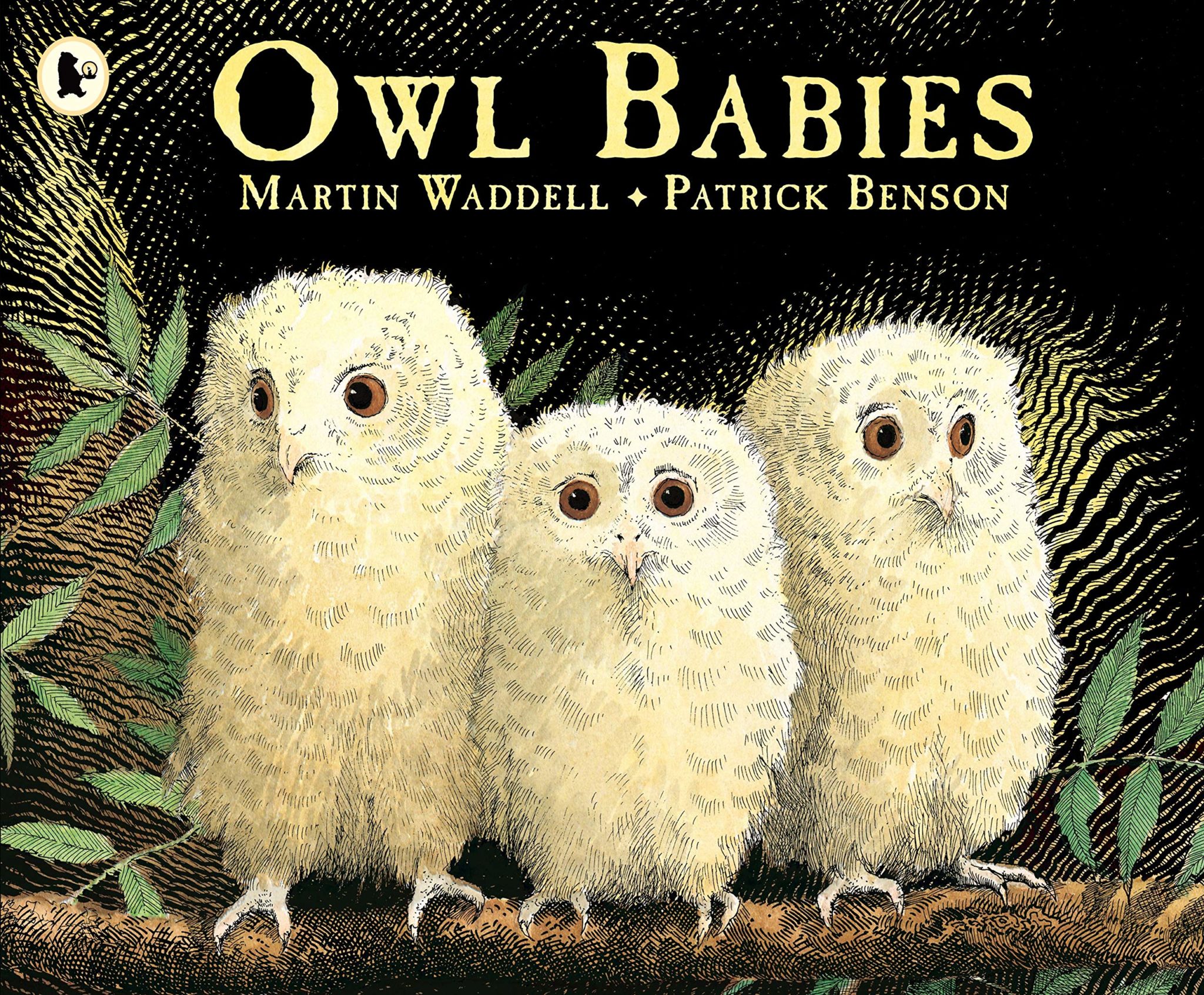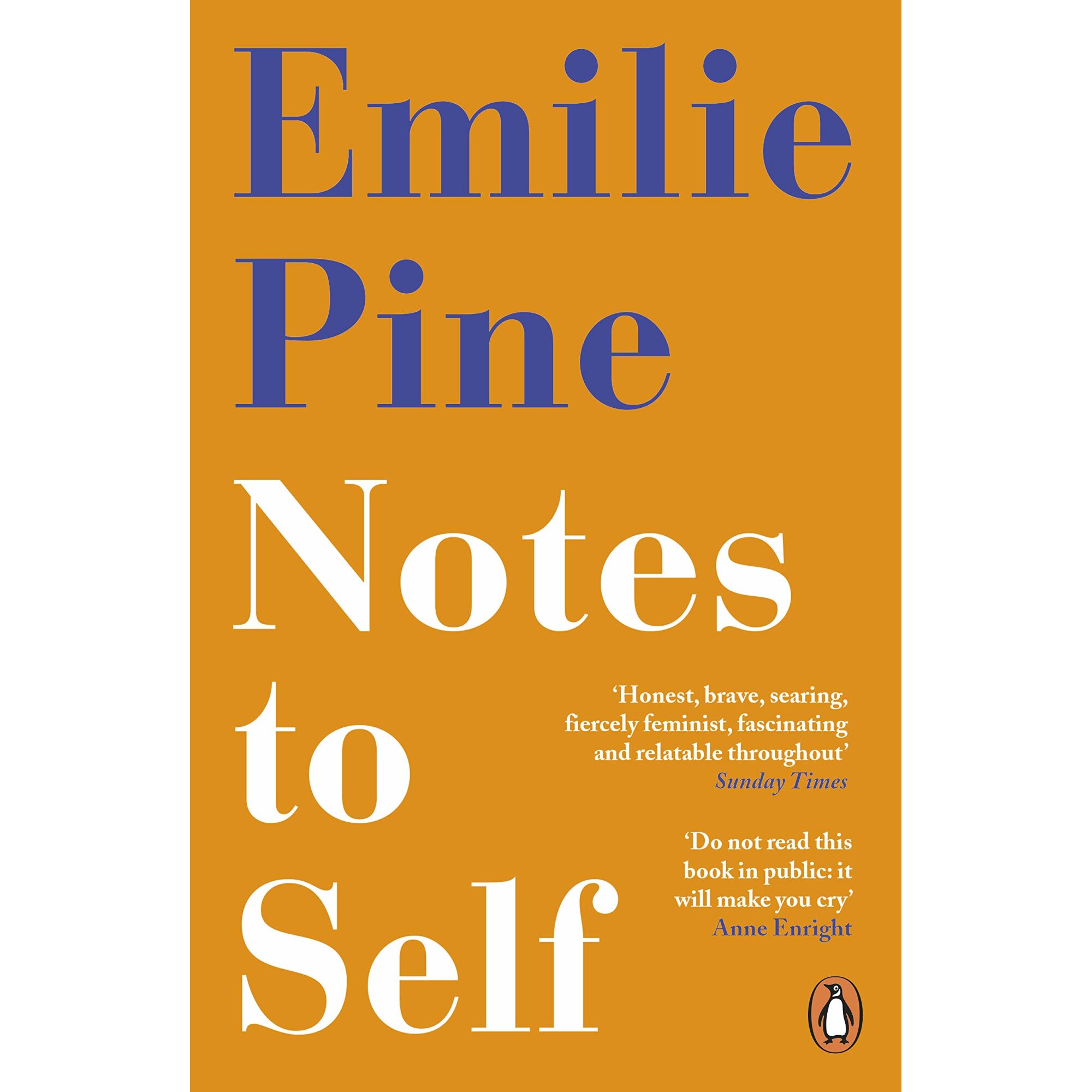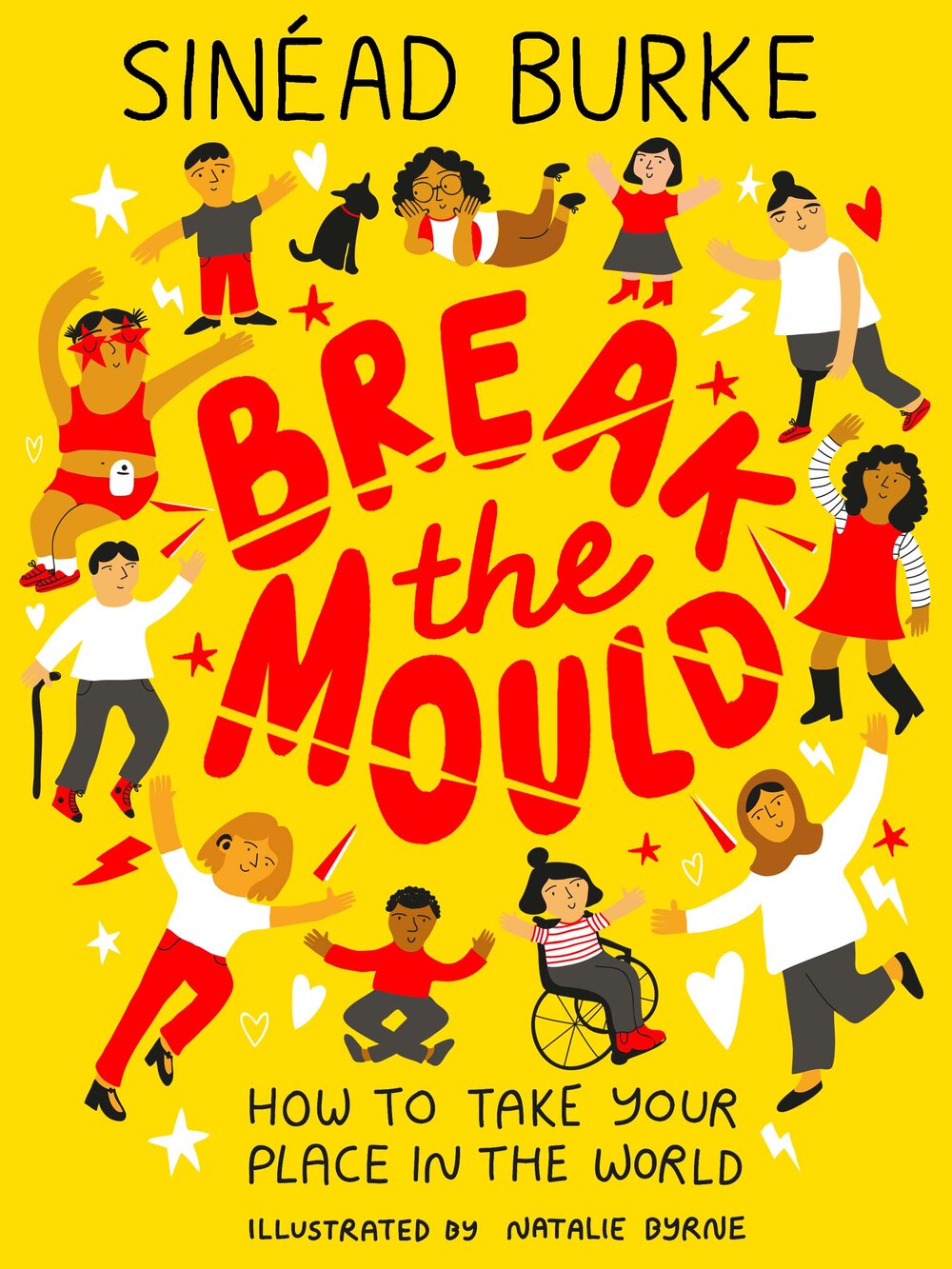
Here at VIP we love nothing more than sinking our teeth into a good book, but sometimes it’s hard to know what to pick up next.
We love asking some of our favourite people about the reads they recommend and this week we got to ask Sinéad Burke.
Activist, educator and now author, Sinéad talked us through the books that shaped her, the reads that changed her, the pages that made her laugh out loud and the copy that needs to be on everybody’s bookshelf.
The first book you fell in love with?
It was Owl Babies by Martin Waddell. I think I was just four years old when my teacher first showed it to us. Even now, I remember the beautiful illustrations and the escapism. It brought magic to our classroom.

The book that changed your life?
When I was about ten years old, I entered a competition that I think was called ‘Write a Book’. I wrote a story called Phantom Heights, which was a haunted house wherein schools and classrooms visited for an annual tour. I took the process very seriously and had a cover that was split in half, designed as the doors of the old mansion. I think that experience taught me that everyone has a story to share and although it happened over two decades ago, probably encouraged me to try writing Break the Mould.
The book that made you laugh?
Hair Love by Matthew Cherry began as an Oscar-winning short film and then became a best-selling children’s book. It’s filled with beautiful illustrations of a young girl and her father, trying to figure out how to do hair. It’s joyous and makes me laugh, with the characters, not at them.
The book that makes you cry?
I read Emilie Pine’s Notes to Self – more than once, well, more times than I would like to admit. Her writing brings you into the emotions that she is feeling, it left me vulnerable and gasping for air… and shedding a tear or two, too!

The book that left you thinking about it days later?
Reni Eddo-Lodge’s Why I’m No Longer Talking to White People About Race is an incredible toolkit to broker important, but challenging conversations – either around the dinner table or in government at policy meetings.
The feeling that you want to have after reading a book is?
I want to be armed with a broader perspective on the world, and on myself.
A book that is your comfort read?
At regular intervals, I find myself picking up Sinéad Gleeson’s The Long Gaze Back. It’s a book that I have read cover to cover, but also in certain moments, just needed to re-read specific essays and chapters. It’s been a beacon during some positive and challenging moments.

A quote from a book you will never forget?
This is from an essay, rather than a book, so I’m cheating a little. But, Audre Lorde’s quote, “The master’s tools will never dismantle the master’s house” is something that I am continuously reminded of, or need to be reminded of.
A book that should be on every shelf?
Alice Wong’s Disability Visibility is an incredible collection of essays and prose written by disabled people. It gives a holistic experience of what it is like to be disabled both visible and invisible. Each essay is rooted in humanity, making the reader’s experience accessible and empathetic.
An Irish author you admire?
Doireann Ní Ghríofa has the most beautiful way with words. Whenever I read her work, be it her poetry or her non-fiction, I find myself with a notebook – scrawling sentences and phrases, trying to commit them to memory. Her language presents the world in a beautiful, complicated lens. One that I deign to live in.
The person you dedicated your book to?
I dedicated Break the Mould to my parents and my siblings. As I wrote and edited the book in the early hours of the morning, while they were still asleep, they’d greet me with a coffee or some kind, encouraging words to tell me to keep going and to keep writing.
Break The Mould: How To Take Your Place in the World is published by Wren and Rook in paperback, €9.99









